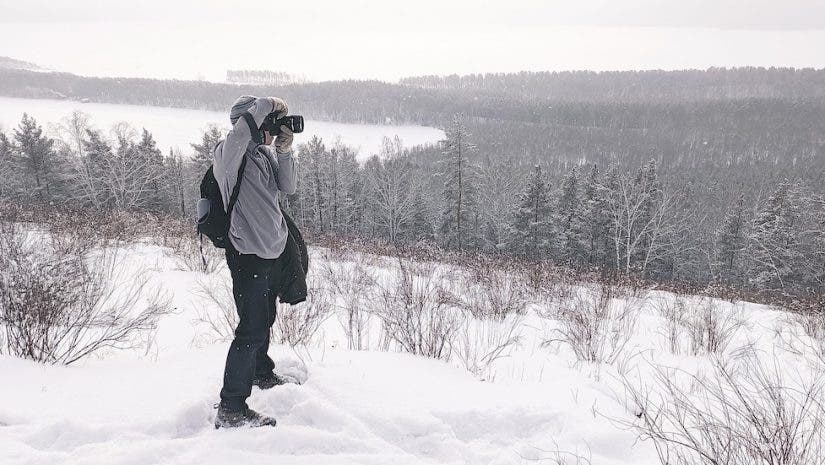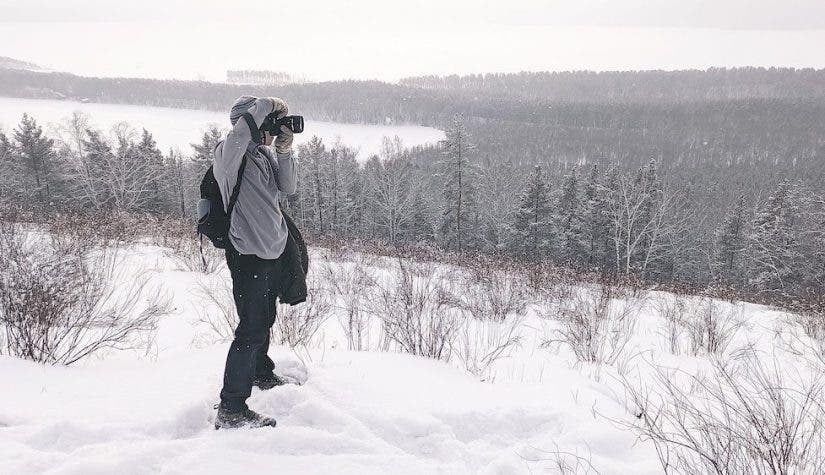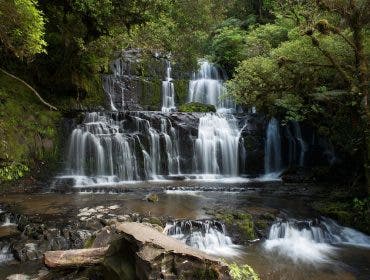Like glasses, bottles, and windows, camera lenses are prone to getting foggy. Although many photographers enjoy taking pictures of a foggy beer glass with dripping drops all over it, none of them enjoy photographing through a foggy camera lens.
Especially for nature photography, you need to have the camera ready all the time, in any weather conditions. The perfect scenery may be available only for a few seconds or less. You can’t afford to be unprepared. Here are some of the most important facts you should know about foggy lenses and how to avoid ruining your photos. After all, you don’t get out of bed before sunrise to have your session ruined by a simple mistake that causes your lens to fog while trying to capture a stunning photo.
If you want to take care of your gear, start by avoiding getting a foggy camera lens. However, first, you should know what a foggy lens is.

What is a Foggy Lens?
Lenses are made of glass. When there is a significant temperature difference between the glass and the air around it, the water vapors will condense on the glass. The water will go from the gas condition to its liquid condition. As a result, tiny drops of water will form on the lens’ surface and make them almost opaque. Usually, you get condensation on the outside surface of the lens. However, condensation can form on the inside of the lens and camera as well, and when built up, it can cause corrosion, mold, or other damages.
The easiest way to get a foggy lens is to get your camera quickly from a warm, dry environment to a cold, humid environment or vice versa. For example, you may get a foggy lens when you go outside to photograph the sunrise on a chilly morning or when you are inside a warm chalet after spending the entire day photographing winter landscapes.
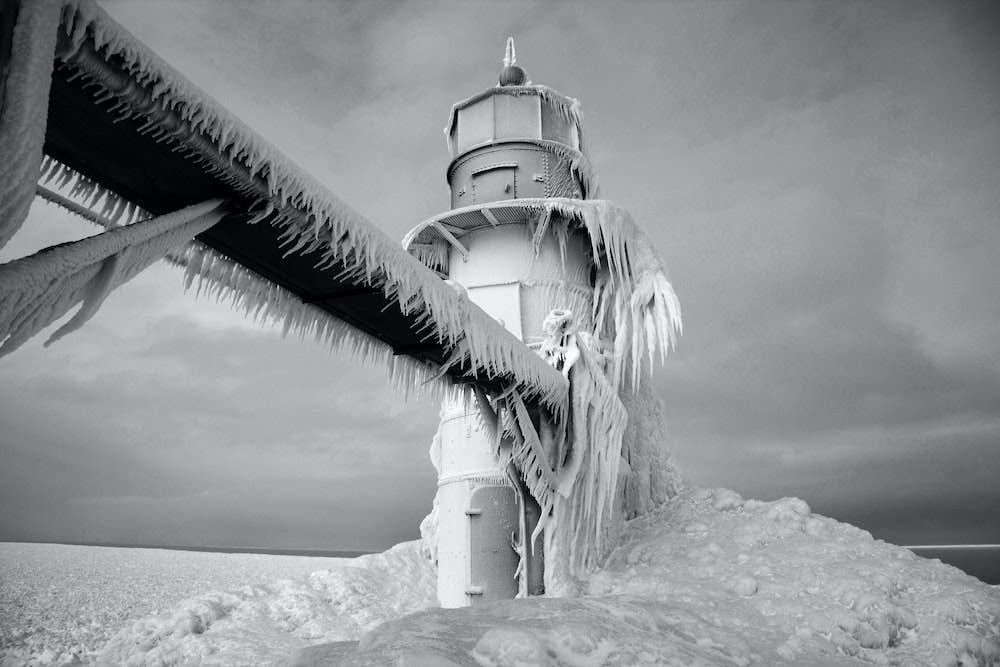
High humidity also helps the process. In tropical weather, which is hot and humid, the lens can get foggy when you get into a dry, air-conditioned room. Other favoring locations for condensation are near large surfaces of water, valleys, and closed places where there is no wind. It also helps to check the dew point on weather forecasts and take extra care when there is a risk of dew forming on your lens.
How to Avoid a Foggy Lens
The best way to avoid a foggy lens is to provide a slow transition between different temperatures and humidity environments. Give the gear time to acclimatize. It doesn’t take more than ten minutes, but you need to be mindful of it when changing the environment. Don’t jump out of the car when you see the perfect scene. Instead, roll down the window and take the photo from where you are. You can also stop the heating, open the door, and let the camera slowly come to peace with the outdoor temperature.
Another way to avoid a foggy lens is to keep the camera at a constant temperature and humidity. For example, if you are in a warm and humid environment, don’t keep the camera with you in the room. Leave it on the balcony or outside in a safe place. If you are in a cold environment, don’t keep the camera and lens in a padded thermo-isolating backpack, but an aerate compartment. The trunk of your car may be a better place for your gear than the warm interior.

Some photographers prefer not to acclimatize the camera and lens each time they go from one environment to another. Instead, they try to keep them at a constant temperature. For example, they keep the camera well covered or close to their bodies in a cold environment. However, if you are a bit wet from the rain, the heat and moisture from your body can cause the lens to get foggy.
On the contrary, others may prefer to mount the camera on a tripod and expose it to the cold weather all the time. However, this is probably better if your camera and lens have weather sealing. So, it’s up to you how you choose to manage the temperature change for the lens. You can either give it some time to acclimatize or try your best to preserve its temperature. I prefer to let my gear acclimatize.
Humidity is also important. You want your gear to be dry all the time. Invest in high-quality camera bags and microfiber cloths. Wipe off the camera and lens periodically to keep the moisture away from them. If you put some silica bags near your gear, they will absorb moisture and keep it dry.
If a foggy lens is something you worry about a lot, investing in some extra gear may be a good idea. For example, you can protect the camera with a rain cover to keep moisture away from your gear in many situations. You can even get rain covers for long lenses, and if you are a nature photographer, in a camouflage pattern if you prefer.
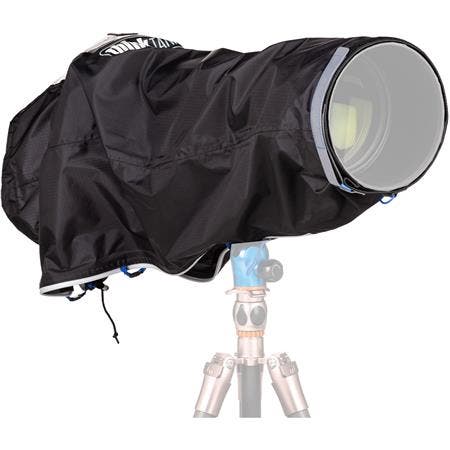
How to Deal with a Foggy Lens
The best thing you can do to get rid of a foggy lens is to be patient and wait for nature to do its job. It could take around 20 minutes to clear the lens naturally. You can help the process by wiping off the lens with a microfiber cloth from time to time. It will give you a clear lens for a few seconds, and you can take a couple of pictures until it fogs up again.
If your lens has filters on, take them off. Sometimes, if you are lucky, the filters are the only ones to get foggy. Besides, you can get condensation between filters or between the last filter and lens. So take them off one by one and wipe them off individually.
If you are shooting outdoors and can’t wait, simply use another already-acclimatized lens. Alternatively, you can improvise and create a composition that includes foggy elements. Make the best of the situation and make blur part of your photographs. For example, a foggy lens can create a unique atmosphere for a winter morning landscape photograph. It can also create a smooth, soft light and add a sense of reverie to your compositions. Some details in the image will get lost, which is helpful when you want to hide a busy background. Go for abstract, artful photographs and experiment with camera movements, panning, and creative focus.

If the condensation is on the inside and is really bad, then waiting and keeping the lens together with silica bags is the best thing you can do. Give it a few days or a week. If the lens is still foggy, you might need to get it to a costly repair shop to remove the fog from the lens.
Concluding words
Nature and landscape photography requires a lot of planning and knowledge about environmental conditions. Furthermore, the scenery changes fast and doesn’t give you too much time to set up the camera. Knowing how to avoid a foggy lens may make the difference between capturing outstanding moments and going home empty-handed. So make sure you consider the camera’s temperature, dew point, and humidity. Give your camera and lens time to acclimatize and take enough batteries to power all your camera gear. Finally, take care of your equipment if you want to be a happy photographer!
